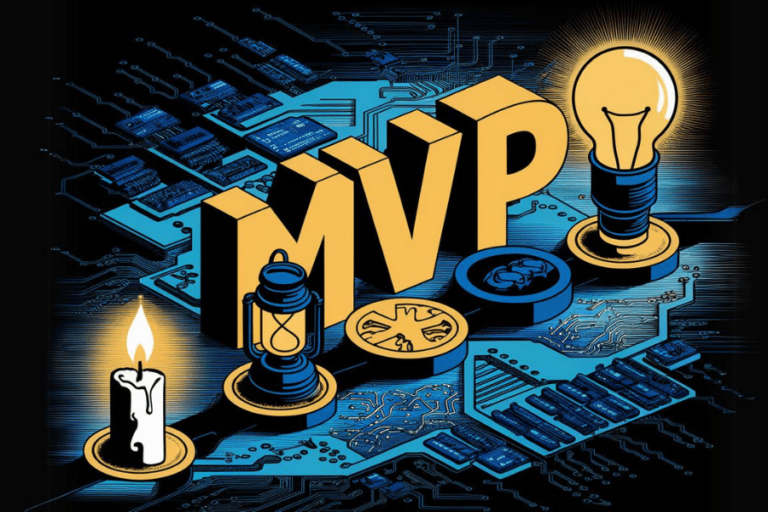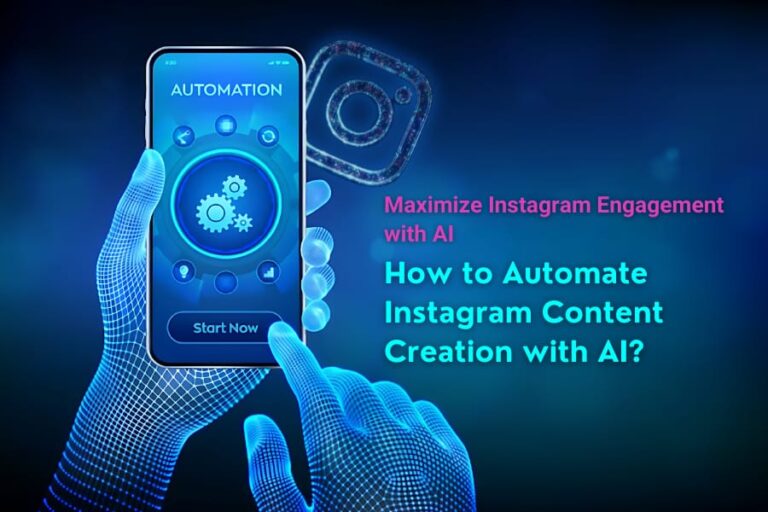AI Agents: Revolutionizing Technology and Beyond
Introduction to AI Agents
AI agents are autonomous software entities that use artificial intelligence techniques to perform tasks, make decisions, and interact with their environment. They can operate in various domains, ranging from simple automation to complex problem-solving. As technology continues to advance, AI agents are becoming increasingly integral to various industries, enhancing efficiency, accuracy, and user experience.

a) Core Components of AI Agents
- Perception:
- Sensors: AI agents rely on various sensors (e.g., cameras, microphones, IoT devices) to gather information from their environment.
- Data Processing: The ability to analyze and interpret sensory data using natural language processing (NLP), image recognition, and other AI methodologies.
- Reasoning and Decision-Making:
- Knowledge Base: A structured repository of information that the agent can draw upon to make informed decisions.
- Inference Mechanisms: Algorithms that allow agents to derive conclusions from the available data and knowledge.
- Learning:
- Machine Learning: The capability to improve performance over time through experience by leveraging techniques like supervised, unsupervised, and reinforcement learning.
- Adaptability: The ability to modify behavior based on changing environments or feedback.
- Action:
- Actuators: Mechanisms that allow agents to perform actions in the real world, whether physical (robots) or digital (software agents).
- Communication Protocols: Methods for agents to interact with users or other agents, including APIs, messaging systems, and voice interfaces.
- Autonomy:
- Goal Setting: The ability to define objectives and prioritize tasks without constant human intervention.
- Self-management: Capabilities that enable agents to manage resources, schedule tasks, and monitor their performance.
b) Applications of AI Agents
- Personal Assistants:
- Virtual assistants like Siri, Google Assistant, and Alexa that help users manage tasks, provide information, and control smart home devices.
- Customer Service Bots:
- Chatbots and virtual agents that handle customer inquiries, support requests, and transactions on websites and social media platforms.
- Healthcare:
- AI agents that assist in diagnostics, patient monitoring, and personalized treatment plans, improving patient care and operational efficiency.
- Autonomous Vehicles:
- Self-driving cars that navigate and make driving decisions based on real-time data from their environment, improving safety and reducing traffic congestion.

- Finance:
- AI trading agents that analyze market trends, execute trades, and manage investment portfolios in real-time.
- Smart Manufacturing:
- AI agents in industrial settings that optimize production processes, predict maintenance needs, and enhance supply chain management.
- Education:
- Adaptive learning systems that tailor educational content to individual student needs, providing personalized learning experiences.
- Gaming:
- AI agents that enhance player experiences through non-playable characters (NPCs) that adapt to player behavior and provide dynamic storytelling.
- Environmental Monitoring:
- AI agents that analyze data from sensors to monitor air quality, wildlife populations, or natural disasters, aiding in conservation efforts and disaster response.
- Research and Development:
- AI agents that assist researchers in data analysis, hypothesis generation, and experimental design, accelerating the pace of scientific discovery.
Conclusion
AI agents are set to revolutionize technology across multiple sectors, offering innovative solutions and improving efficiency. As they continue to evolve, incorporating more advanced AI techniques, their impact will likely expand into new domains, shaping the future of human-computer interaction and automation. The ethical implications and challenges surrounding AI agents will also need careful consideration as they become more embedded in daily life, ensuring that their benefits are maximized while minimizing potential drawbacks.






